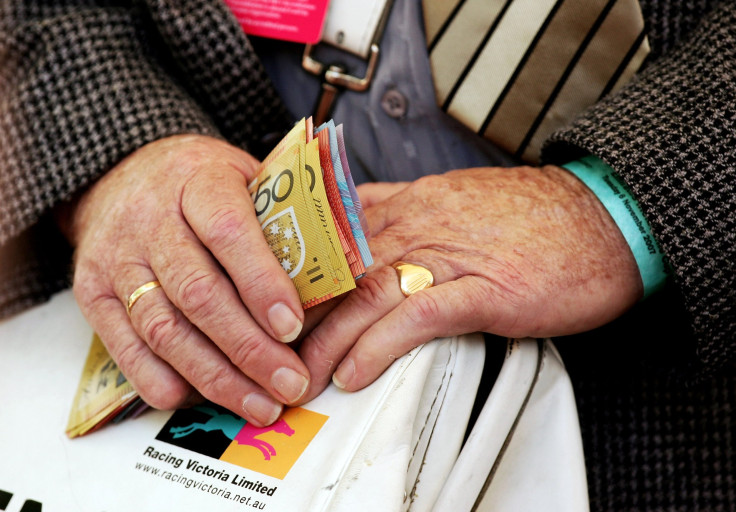Fake $50 Notes Pour Into Australian Economy

Australian officials may want to think about redesigning their country’s $50 bill.
The number of fake $50 bills in circulation in Australia has more than tripled during the past two years, and the number of arrests made in connection with counterfeit operations has climbed eightfold since 2010, according to the Sydney Morning Herald.
While the overall number of fake bills in circulation remains tiny, the counterfeits being produced are incredibly sophisticated, with many of them well-made enough to evade detection measures used by Australian banks.
“There are some signs that the counterfeiters are getting a bit better,” Reserve Bank of Australia (RBA) executive Tony Richards said in a speech last week.
In 1988, Australia became the first country to switch its currency materials from paper to a polymer-based fabric. The move was made to stem a rise in counterfeiting at the time, and 30 countries, including the U.S., the U.K. and the nations of the eurozone, have followed suit since then.
While counterfeiting did not stop altogether, the move to a polymer proved effective for a while. Until 2013, the number of counterfeit notes detected in Australia’s economy was far lower than the numbers detected in other countries on a comparable basis.
However, counterfeiters appear to have cracked the code on the $50 note. Just two years after the RBA published research showing there were 16 fake notes per million in circulation, that number has increased to 55 fake notes per million, and that rise can be attributed almost entirely to a surge in fake 50s: Nine out of 10 fake notes in circulation in Australia is a $50 bill.
Some of the fakes found are clearly being made by criminal syndicates using elaborate production techniques, but Australian officials said they’ve also found fairly convincing versions that were produced on commercially available inkjet printers.
While RBA officials declined to comment on whether there is a security flaw in the $50 note, it’s possible the bill’s design may be in need of an update. It hasn't been changed since 1995.
Australia is in the midst of overhauling its currency. It said it will be rolling out new versions of its $1 and $5 notes in 2016-17, and that plans to update its $20 and $50 notes are already under way.
Once those bills make their way into circulation, counterfeiting could get tamped down. Last year in the eurozone, where officials noted a 30 percent increase in the number of counterfeit notes, 50-euro bills constituted the largest proportion of fake notes detected, followed by 20-euro bills. Those two notes have yet to be updated.
© Copyright IBTimes 2025. All rights reserved.




















